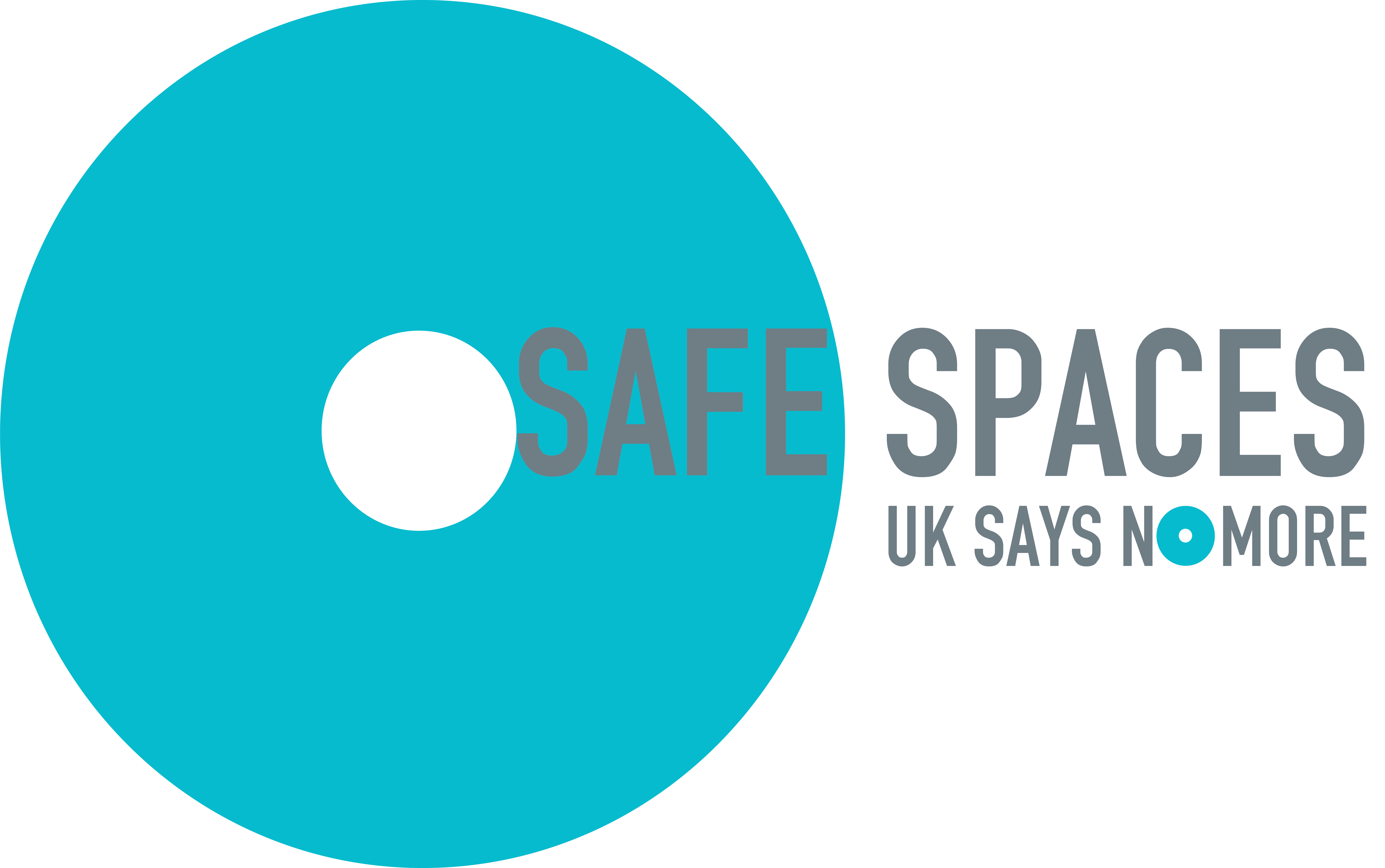Find Us
The Clear Company
The Base
20 Dallam Lane
Warrington
Cheshire
WA2 7NG


A Diversity, Equity and Inclusion (DEI) statement of intent is a key step in ensuring your DEI strategy is anchored within the overall business strategy. Organisations that have worked through the processes below are ready to write their DEI statement of intent.
Un-clockable/Passing: If someone is regarded, at a glance, to be a cisgender man or cisgender woman. This might include physical gender cues (hair or clothing) and/or behaviour which is historically or culturally associated with a particular gender.
This term implies that trans people are deceptive or are not truly the gender they say they are. Passing is important to some people (for example, for safety reasons), but it is not the goal of every trans person.
Preferred Pronouns: Someone’s pronouns are not a preference; they are an innate part of who a person is.
Gender identity: Used to denote a person’s innate sense of their own gender, whether male, female, non-binary, agender or something else. The term “identity” implies a choice of how you present yourself but a person’s gender is who they are. This is one of those terms which we’re searching for an alternative for – if you have one, let us know!
Gender reassignment: Used to describe a person’s transition. We prefer “Gender affirming” as a description of the process, whether medical or social. This is because a trans person has never really been the gender they were presumed to be at birth, so “reassigning” a gender can’t be done but “affirming” a gender can.
Male to female/Female to male: While true in many cases, the trans experience is rarely this simple – but it also encourages the assumption that trans people were originally one gender and changed. The current thinking is that trans people have never been the gender that they were presumed to be at birth and so, suggesting that they “change” gender is incorrect. The phrase also erases the experiences of those who do not fit into a gender binary.
Gender Identity Disorder: Many trans people have been forced to prove they have a psychiatric and/or medical condition that requires treatment to access medical or social support. For decades, being trans was classified as a disorder by the World Health Organization and the American Psychiatric Association, but in recent years diagnostic guidelines have been updated in light of new evidence which shows that being trans is not, in itself, a mental disorder.
Sadly, this does not prevent many countries from gatekeeping medical and social support for trans people by demanding a diagnosis of either Gender Identity Disorder or Gender Dysphoria before they will be provided.
When you were a man/woman, or used to be a man/woman: Just… Ouch.
Pre-op/post-op: Anything which refers to the genitals of a trans person is inappropriate, full stop. You don’t go around asking about your other co-worker’s bits, so don’t do it to trans people! The terms also reinforce the assumption all trans people want to or will have the opportunity to have surgery.
Transsexual: This was used in the past as a more medical term (similarly to homosexual) to refer to someone whose gender is not the same as, or does not sit comfortably with, the sex they were presumed to be at birth. This term is still used by some although many people prefer the term trans or transgender.
Transvestite: A person who dresses in clothes of the opposite sex. A transgender person or cisgender person may or may not cross-dress. “Cross-dresser” is the preferable term.
Hermaphrodite: Once used to describe conditions some people are born with in which reproductive organs, structures, or tissue don’t fit clear male or female definitions. The term “intersex” should be used instead.
Sex-change operation: Once used to describe a surgery that alters the body for a person transitioning from the sex they were presumed to be at birth. Better terms to use are “gender-affirming surgery”, or “gender confirmation surgery.”
As we close our comprehensive look at trans terminology, remember that language is more than words—it’s an affirmation of identity, respect, and inclusivity. This Trans Awareness Week, take a step further: engage in conversations, ask questions with openness, and, most importantly, listen to the experiences of transgender individuals. Are there terms or concepts you’re grappling with, or do you have insights into the evolving language of gender identity? Share your thoughts with us and join the dialogue. Together, we can foster a community grounded in understanding and respect.
If you’re ready to learn more get in contact with the Clear Company, and let us help your organisation to become a safer and more inclusive place to work.
Beci Kijko – Senior Consultant, Digital Design & Development at the Clear Company
Beci is an experienced professional with 12 years of expertise in Learning and Leadership. She worked as a Learning Experience Designer for Co-op Group for four years, where she managed and designed digital content for the company and was responsible for a significant portion of its DEI learning. Prior to this, she worked in Aviva’s HR team, focusing on Leadership and DEI initiatives. Beci’s achievements include being nominated for Co-op’s Inclusion Awards and attending the finals of Aviva’s Customer Cup competition for her work on Mental Health and Wellbeing in the workplace. In addition to her professional accomplishments, Beci is a piece of art, having participated in Anthony Gormley’s One and Other in 2009, and an enthusiastic amateur genealogist, crafter, and gamer

The Clear Company
The Base
20 Dallam Lane
Warrington
Cheshire
WA2 7NG
| Cookie | Duration | Description |
|---|---|---|
| cookielawinfo-checkbox-analytics | 11 months | This cookie is set by GDPR Cookie Consent plugin. The cookie is used to store the user consent for the cookies in the category "Analytics". |
| cookielawinfo-checkbox-functional | 11 months | The cookie is set by GDPR cookie consent to record the user consent for the cookies in the category "Functional". |
| cookielawinfo-checkbox-necessary | 11 months | This cookie is set by GDPR Cookie Consent plugin. The cookies is used to store the user consent for the cookies in the category "Necessary". |
| cookielawinfo-checkbox-others | 11 months | This cookie is set by GDPR Cookie Consent plugin. The cookie is used to store the user consent for the cookies in the category "Other. |
| cookielawinfo-checkbox-performance | 11 months | This cookie is set by GDPR Cookie Consent plugin. The cookie is used to store the user consent for the cookies in the category "Performance". |
| viewed_cookie_policy | 11 months | The cookie is set by the GDPR Cookie Consent plugin and is used to store whether or not user has consented to the use of cookies. It does not store any personal data. |

Dial ‘999’ for immediate assistance. If you are unable to speak or answer questions while on a 999 call, stay on the line, and when prompted, press 55 and your call will be transferred to the police. The local police number is 101 for non-emergencies.
*The ’55’ option will only work with 999.
Am I at Risk?
‘How do I know if I am suffering domestic abuse?’ This short survey will help you identify if the behaviours you are experiencing are domestic abuse.
If you are experiencing domestic abuse, you are not alone. Local support and help is easy to access through this search function. Click here
Local Support Services
If you are experiencing domestic abuse, you are not alone. Local support and help is easy to access through this search function. Click here
Contact National Helplines
National domestic abuse support services can offer you guidance here.
Useful Links
Access a range of other services that can support you. Click here